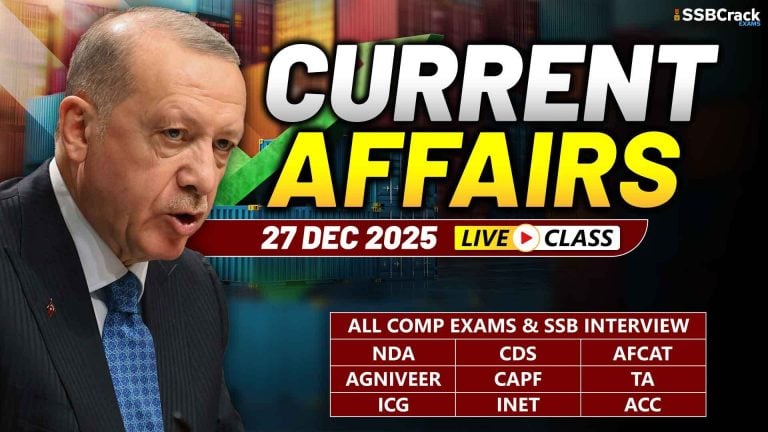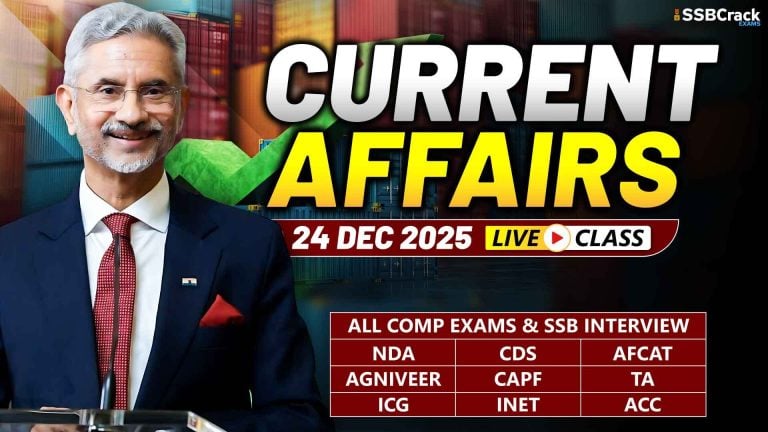A SpaceX Falcon 9 rocket lifted off from Florida on Tuesday, carrying American billionaire Jared Isaacman and three others into orbit to attempt the world’s first private spacewalk. The five-day mission, known as Polaris Dawn, is the first of three testing and development missions under the Polaris Program, which will be jointly executed by Isaacman and Elon Musk’s SpaceX. The program aims to develop new technologies that could be used to send people to Mars some day.
SpaceX’s Polaris Dawn Mission
Why In News
- A SpaceX Falcon 9 rocket lifted off from Florida on Tuesday, carrying American billionaire Jared Isaacman and three others into orbit to attempt the world’s first private spacewalk. The five-day mission, known as Polaris Dawn, is the first of three testing and development missions under the Polaris Program, which will be jointly executed by Isaacman and Elon Musk’s SpaceX. The program aims to develop new technologies that could be used to send people to Mars some day.
What Exactly Is A ‘Spacewalk’
- The first-ever spacewalk was carried out on March 18, 1965, by the Soviet cosmonaut Alexei Leonov at the height of the Space Race — the 20th century competition between the US and USSR over who could conquer space exploration first — during the Cold War. Leonov’s walk lasted 10 minutes.
- Today, spacewalks are usually done outside the International Space Station (ISS) and can last between five and eight hours.
- Spacewalks are done for several reasons, including to carry out science experiments. Astronauts can attach experiments to the outside of a spacecraft during their spacewalk, and observe how the space environment impacts different things. They can also test new equipment, and repair satellites or their spacecraft during the walk.
Who Is On Board Polaris Dawn
- At the helm of the Polaris Dawn mission is Isaacman, who is the founder of the electronic payment company Shift4. He has bankrolled the mission along with SpaceX, and is the commander of the crew.
- This is Isaacman’s second trip into space. In 2021, he went into low-Earth orbit for three days, and then splashed down off Florida.
- Apart from Isaacman, the crew comprises Scott Poteet, a retired US Air Force lieutenant colonel; and two SpaceX employees, Anna Menon, a lead space operations engineer, and Sarah Gillis, an engineer who oversees astronaut training.
Mission’s Objectives
- The Crew, who are travelling in SpaceX’s Dragon capsule, will first aim to get a maximum of about 1,400 km from Earth. This will be farther away from the 1,372 km altitude that NASA’s Gemini XI mission reached in 1966, the record for any crewed mission that was not headed to the Moon.
- That height means that the Polaris Dawn mission will be well into the inner band of the Van Allen radiation belts — regions in space that encircle the Earth and are highly radioactive — which begins at around 1,000 km altitude.
- The crew will use this opportunity to “conduct research with the aim of better understanding the effects of spaceflight and space radiation on human health”, according to the mission’s website.
- Subsequently, the capsule would drop to a lower orbit for the rest of the mission, which includes a spacewalk. The spacewalk is scheduled, the third day of the mission.
- For the spacewalk, all crew members will put on spacesuits and then, all of the air will be let out of the capsule. “The hatch will then be opened and the inside of the spacecraft will become part of the vacuum of outer space,” The New York Times said.
- Only two crew members — Isaacman and Gillis — will leave the capsule for the spacewalk. Poteet and Menon will stay inside to manage the safety tethers and observe readings to ensure that nothing goes awry.
- The spacewalk’s main aim is to test the spacesuits, developed by SpaceX for this mission. Known as EVA spacesuits, they are equipped with cameras and heads-up displays that display to the astronauts information about the status of their suits outside their vehicle. The suits also feature an “improved thermal management”, the report said.
- Once Isaacman and Gillis return inside, the hatch will be closed and the capsule will be repressurised.
- During the mission, the crew will conduct 40 scientific experiments. This includes trying to obtain X-ray images without an X-ray machine, with the help of natural showers of radiation in space.
- The crew will also test laser-based communication provided by SpaceX’s Starlink satellite network. This technique allows communication among satellites without relying on ground infrastructure to send signals.
























